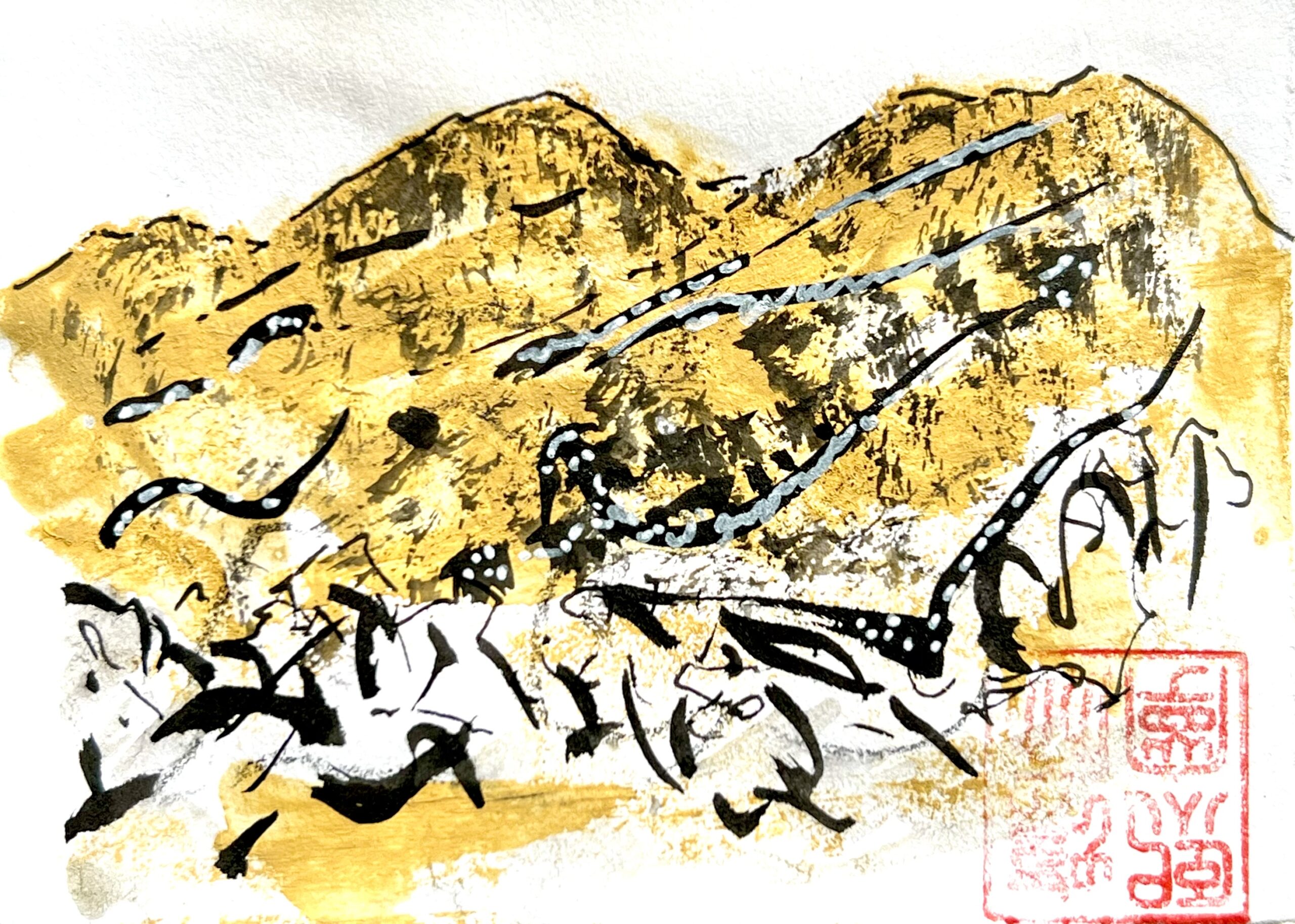
Yatra: Fragments of a Life
Yatra: Fragments of a Life is a retrospective of Lariane M Fonseca’s creative practice over 50 years. The exhibition will include Photographs, Paintings, Printmaking
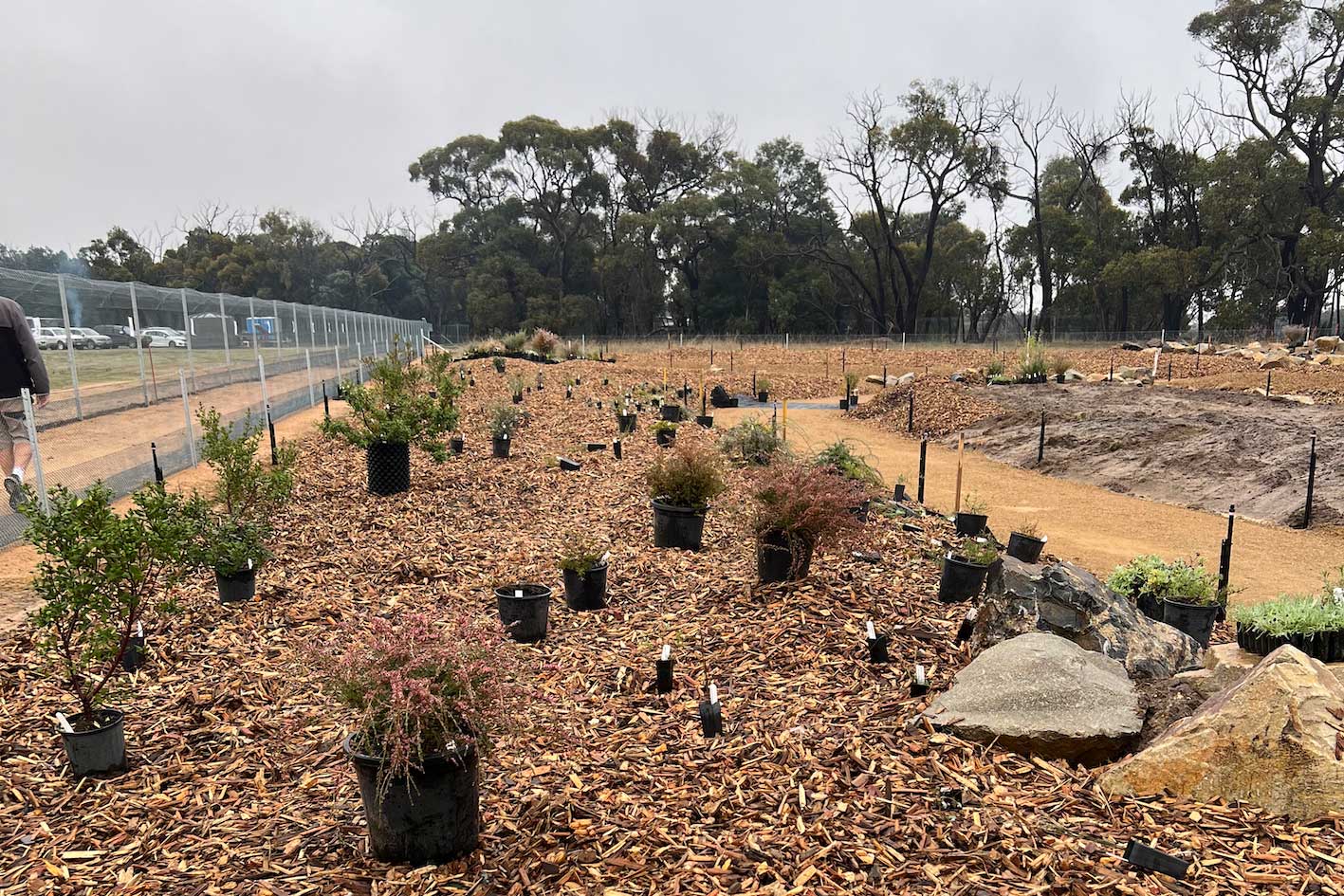
Our Grampians/Gariwerd Endemic Botanic Gardens volunteer team planted over 800 endemic plants in the very first planting day of this unique garden showcasing some of the rarest and endangered species within the Grampians Region.
July 24 marked a great milestone at the WAMA site with Stage 1 of our Grampians/Gariwerd Endemic Botanic Gardens inaugural planting day.
An enthusiastic group of over 20 volunteers lead by Board Member Jill Burness and Flora Team Lead Neil Marriot gathered at the WAMA site ready with gardening gloves and trowel in hand.
Stage 1 includes three garden beds including Sub-alpine Woodlands, Heathy Woodland and Rocky Outcrop that had been prepared the previous weeks with soil, rocks and mulch. Each garden was specifically designed to replicate the types of terrain where these unique plants are found growing naturally within the Grampians region. This ensures the plants have every opportunity to thrive within a suitable environment.
We were very fortunate to have a helping hand with the planting from 3 members of the Royal Botanic Gardens – Cranbourne. RBGV- Cranbourne have been a huge support for WAMA over the past three years, in the preparation for the gardens including propagation and the donation of plants, guiding us through the whole process.
Thanks to Phil Williams for his generosity in housing the plants at his Pomonal nursey and the dedicated group of volunteers who meet each week to care and maintain the plants at the nursery. A special thanks must go to our sponsors, Neutrog for donating the fertilizer that is crucial in giving the plants the best opportunity to grow and flourish and Cleanaway, Stawell for donating the big rocks that made our gardens complete.

Yatra: Fragments of a Life is a retrospective of Lariane M Fonseca’s creative practice over 50 years. The exhibition will include Photographs, Paintings, Printmaking
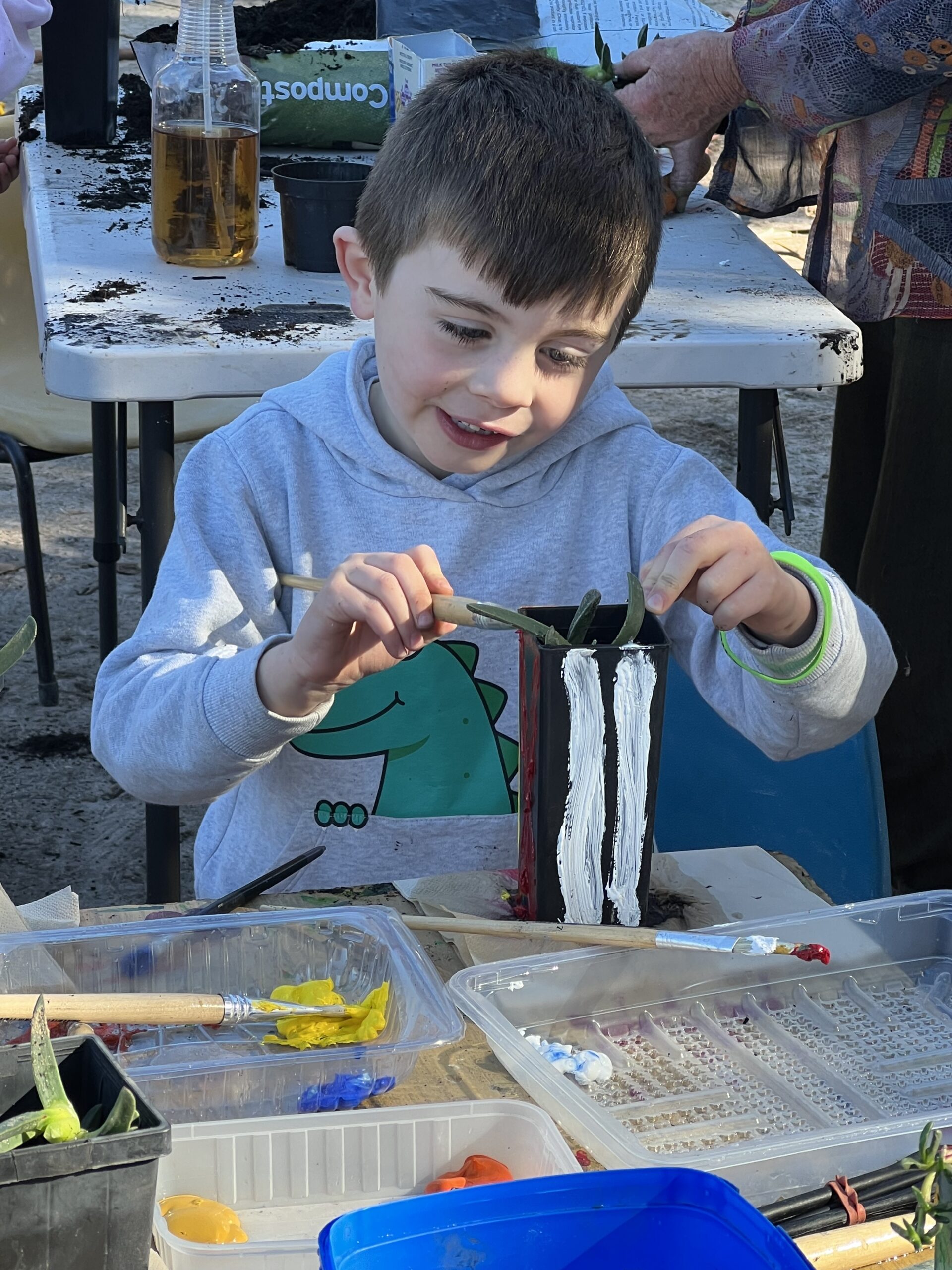
Our Nature Play program has been going strong this year enabling children to connect with nature while discovering adventure and creativity. We have had back
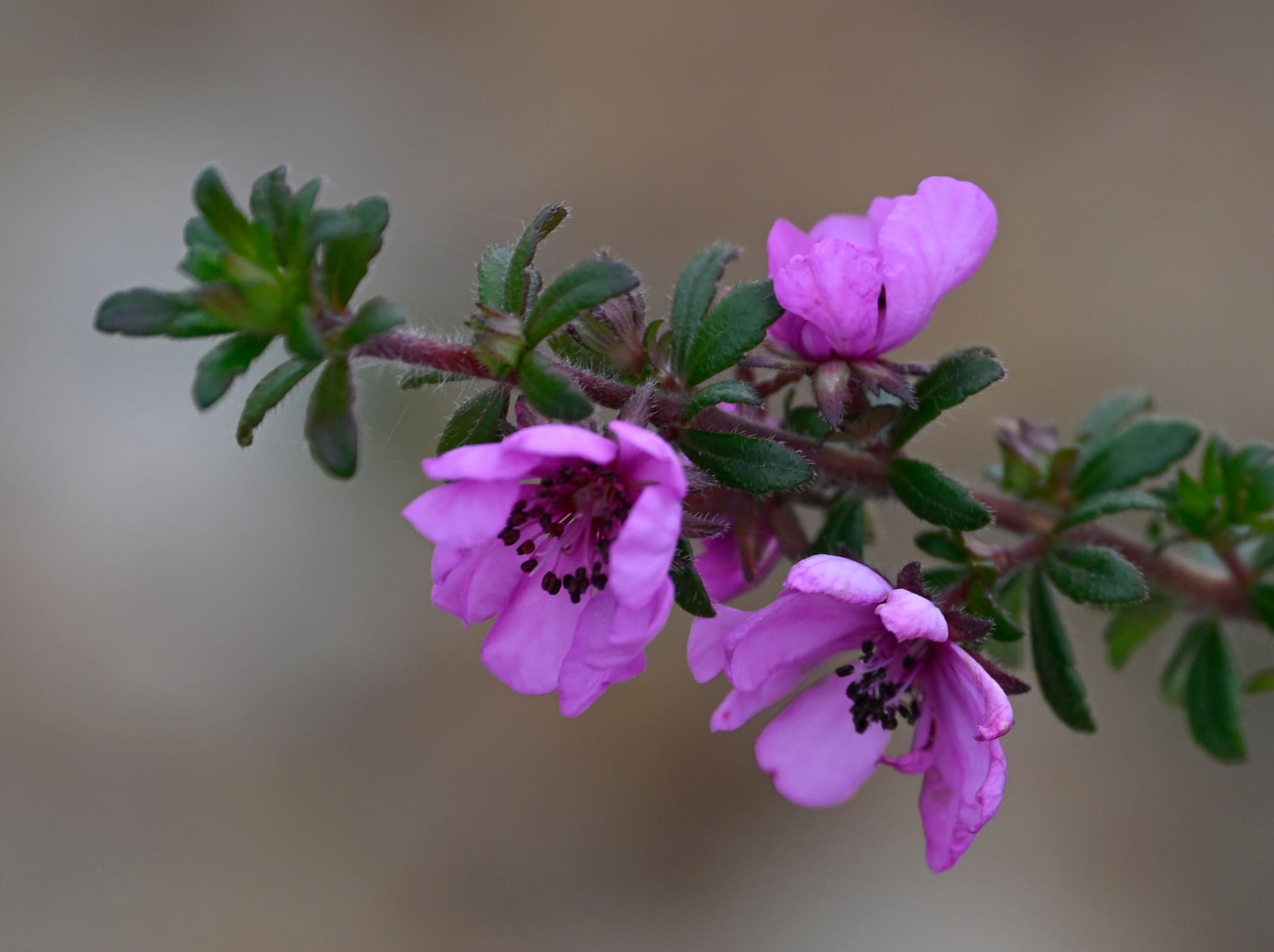
WAMA opened their garden gates for Botanic Gardens Australia and New Zealand’s (BGANZ) Botanic Gardens Day celebration on Sunday May 26th. The event attracted an
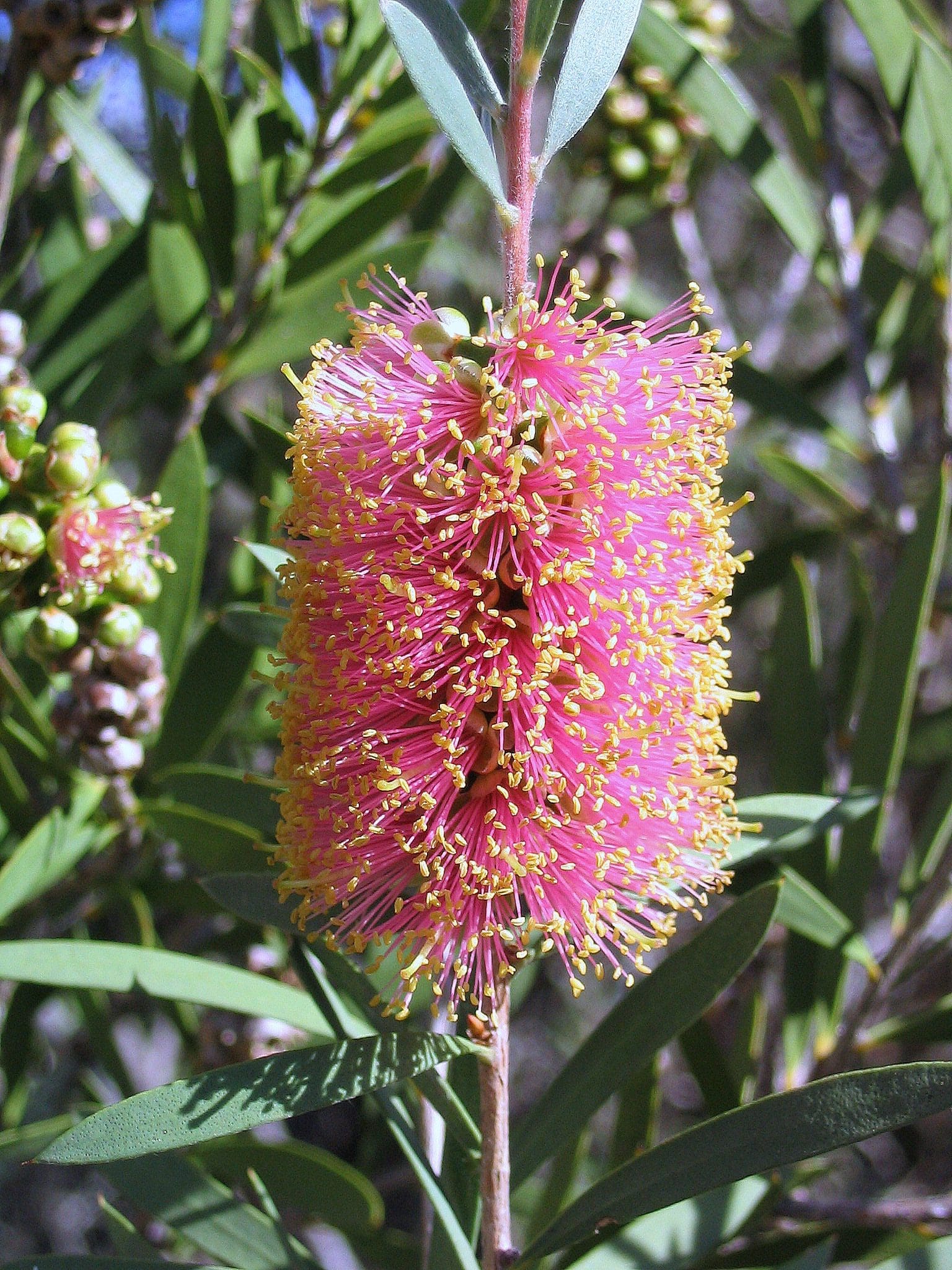
New species of Grampians flora have been discovered that will soon feature in WAMA’s Grampians/Gariwerd Endemic Botanic Garden. Working in partnership with RBGV WAMA has
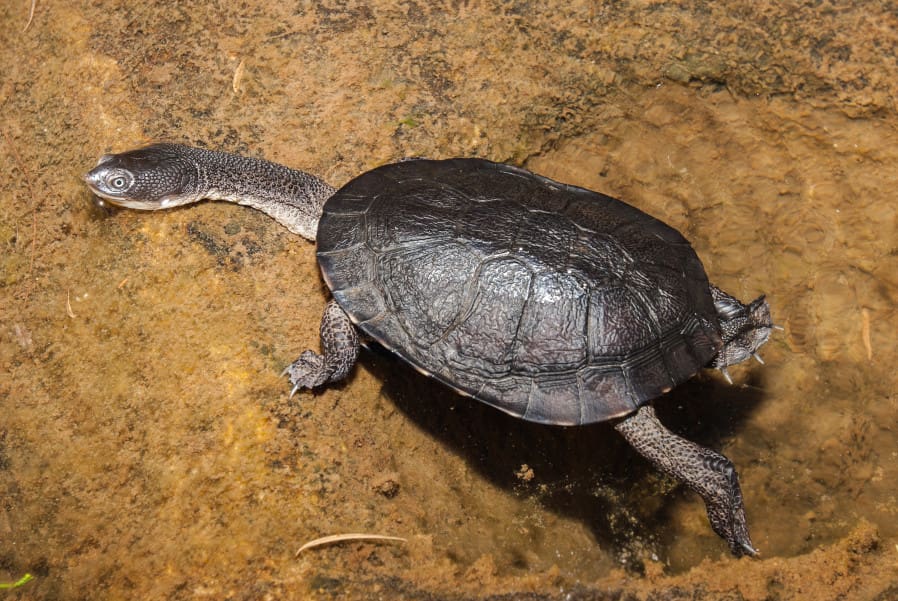
Fauna gates have been installed to help small animals such as the Common Long Neck Turtle (Chelodina longicollis) move freely from either side of the fence, helping the site’s ecosystem continue to thrive.
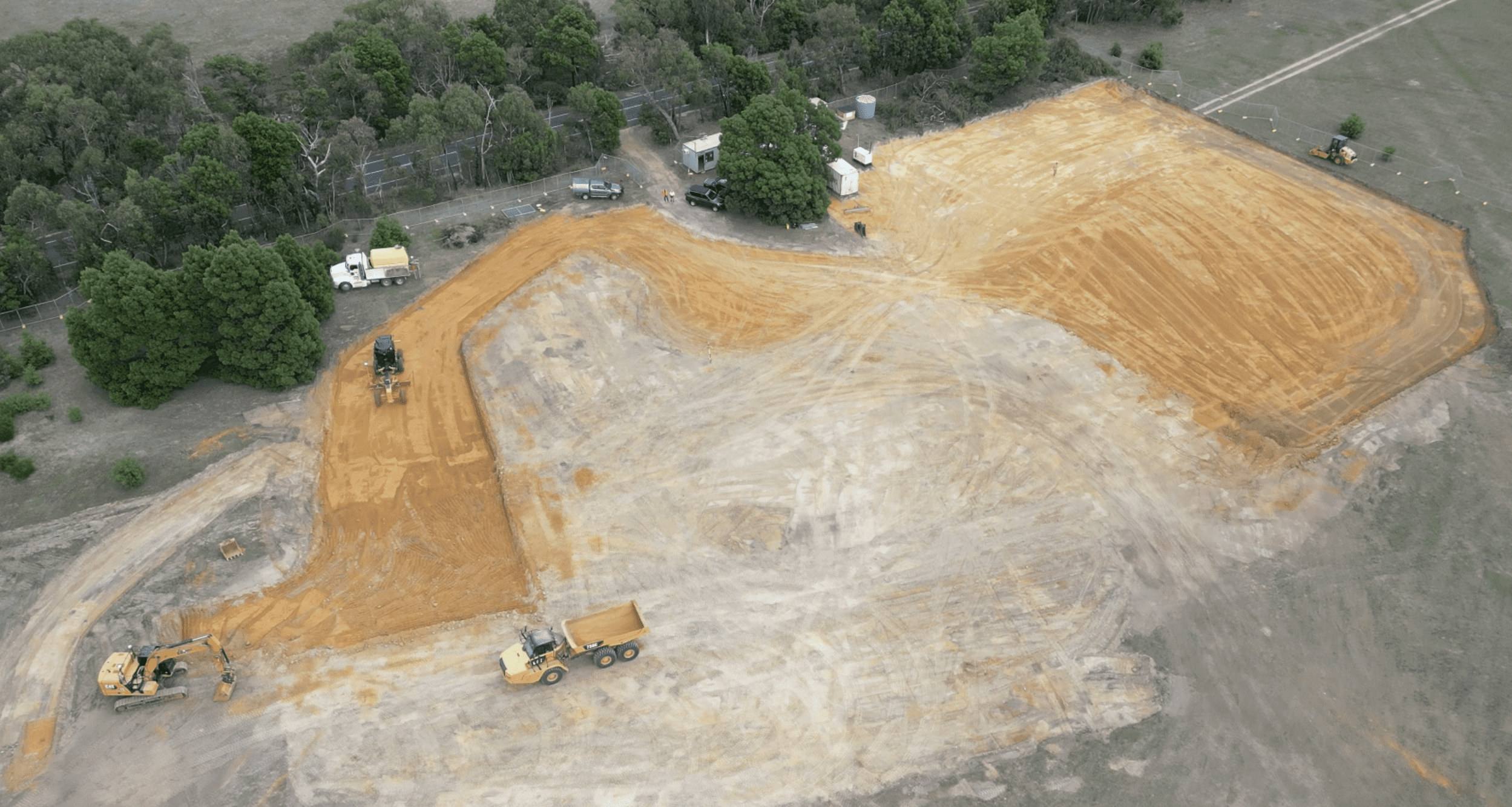
Things are looking a little different at the WAMA site with earthworks preparing preparing for the site preparations commencement of construction to begin in the
WAMA is honoured to be able to do what we love within a unique and cultural landscape cared for by the First Nations’ peoples.
We acknowledge and respect their enduring knowledge, wisdom, leadership and friendship; their Elders, past, present and future.
All Right Reserved © 2024 – Website by 61 Design